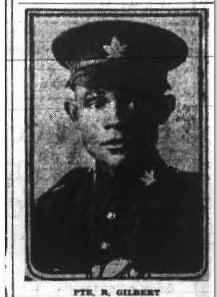Railway porters were hired from cities with established Black communities, including Vancouver’s Hogan’s Alley. The Canadian Museum for Human Rights states “porters tended to be highly educated men, with university degrees in science, medicine or business administration – prevailing racist attitudes held that Black people were socially inferior to whites and were meant to work in menial or subordinate vocations.” The porters’ union signed a collective bargaining agreement with the CPR in May 1945 after three years of intense negotiations.
Sleeping Car Porters in Canada
Historic Sites and Monuments Board of Canada plaque: Railway porters played a major role in the struggle for Black rights in Canada. Starting in the late 1880s, they emerged as leaders of African Canadian communities in Montréal and in other urban centres. Through their unions, such as the Brotherhood of Sleeping Car Porters and the Order of Sleeping Car Porters, they gained recognition for Blacks within the labour movement. After the Second World War, the porters made important contributions to the campaign for human rights, particularly through their struggle to end discrimination in railway employment. Designation Date: 1994-11-24




